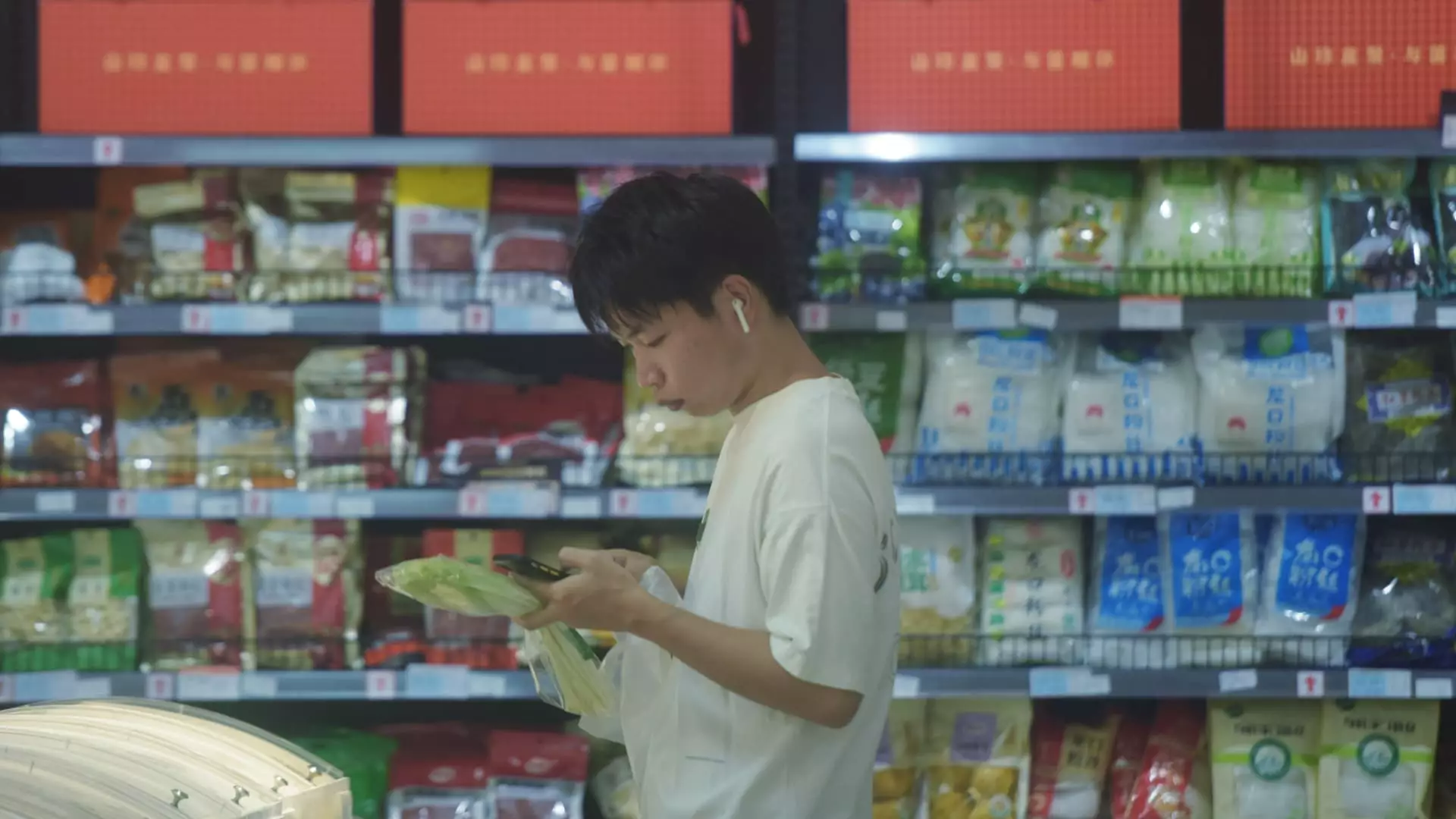Recent data published by China’s National Bureau of Statistics revealed a concerning slowdown in key economic indicators for August. Retail sales experienced a modest increase of only 2.1% year-over-year, falling short of economists’ projected growth of 2.5%. This marks a decline from July’s performance, where retail sales had risen by 2.7%. Furthermore, industrial production showcased similar signs of underperformance, recording a growth rate of just 4.5%, trailing behind the expected 4.8% and down from 5.1% in July. Such trends highlight a challenging economic landscape that may jeopardize confidence among investors and consumers alike.
Fixed asset investment, often viewed as a bellwether for economic health, rose by 3.4% from January to August—again, slightly below the anticipated 3.5%. Within this category, both infrastructure and manufacturing sectors reported cooling growth rates, further complicating the economic outlook. Notably, the urban unemployment rate increased to 5.3%, up from 5.2% in July. The surge in unemployment has been partially attributed to the influx of fresh graduates entering the job market, highlighting structural challenges that need addressing. According to Liu Aihua, spokesperson for the National Bureau of Statistics, stabilizing employment remains a pressing priority for policymakers, yet efforts thus far lack the required vigor.
The Youth Unemployment Dilemma
Notably concerning is the youth unemployment rate, which, as of July, hovered at a staggering 17.1%. This figure underscores the precarious situation for young job seekers who, in a rapidly changing economic environment, face significant hurdles. The rising unemployment trajectory, particularly among the youth, reveals systemic issues that require urgent intervention. The government has begun to disclose disaggregated unemployment rates to bring attention to this critical challenge, yet the question of how to effectively empower this demographic remains unanswered.
Beyond these domestic challenges, external economic pressures are also weighing heavily on China’s recovery. The Bureau of Statistics mentioned the adverse impacts associated with global environments, suggesting that international dynamics are contributing to the nation’s economic deceleration. Growth in the world’s second-largest economy is faltering as it navigates the aftermath of the COVID-19 pandemic. Consequently, Chinese policymakers find themselves in a precarious position: while they have acknowledged insufficient domestic demand, there has yet to be a substantial announcement regarding a large-scale stimulus.
Consumption Trends and Consumer Confidence
Other economic indicators, such as imports and consumer price indexes, reflect ongoing struggles in consumption. With only a 0.5% increase in imports in August—below market projections—and a modest rise of 0.6% in the consumer price index, the strains on consumer confidence are palpable. The persistent weakness in consumer spending raises concerns about the overall health of the economy and suggests that deeper structural reforms may be necessary.
Looking Ahead
As China approaches its upcoming public holidays, including the highly anticipated Mid-Autumn Festival, the economic climate appears to call for introspection and resilience. While celebrating cultural significance, policymakers face the critical task of addressing underlying economic issues. To reignite robust growth, a multifaceted approach that balances domestic demand stimulation, youth employment initiatives, and effective engagement with international markets may be essential for fostering a more cohesive and thriving economy in the years to come.

